Which Camera Is Used For Wildlife Photography ?
There are several cameras that are commonly used for wildlife photography, including DSLRs and mirrorless cameras from brands such as Canon, Nikon, Sony, and Fujifilm. Some popular models include the Canon EOS 7D Mark II, Nikon D500, Sony Alpha a9, and Fujifilm X-T3. The most important factors to consider when choosing a camera for wildlife photography are fast autofocus, high burst rate, and good low-light performance. Additionally, a long telephoto lens is essential for capturing distant subjects.
1、 DSLR cameras with telephoto lenses
Which camera is used for wildlife photography? The answer is DSLR cameras with telephoto lenses. Wildlife photography requires a camera that can capture fast-moving subjects from a distance, and DSLR cameras with telephoto lenses are the best option for this purpose. These cameras have fast autofocus systems, high shutter speeds, and the ability to shoot in burst mode, allowing photographers to capture multiple shots in quick succession.
In recent years, mirrorless cameras have also become popular among wildlife photographers due to their smaller size and lighter weight. Mirrorless cameras offer similar features to DSLRs, including fast autofocus and high-speed shooting, but with the added benefit of being more portable and easier to carry on long hikes or expeditions.
However, despite the rise of mirrorless cameras, DSLRs with telephoto lenses remain the go-to choice for many wildlife photographers. The larger size and weight of DSLRs can actually be an advantage when shooting in challenging conditions, such as in windy or rainy weather, as they provide a more stable platform for the photographer.
Ultimately, the choice of camera for wildlife photography will depend on the individual photographer's preferences and needs. Both DSLRs and mirrorless cameras have their advantages and disadvantages, and it's important to choose a camera that suits your shooting style and the type of wildlife you plan to photograph.
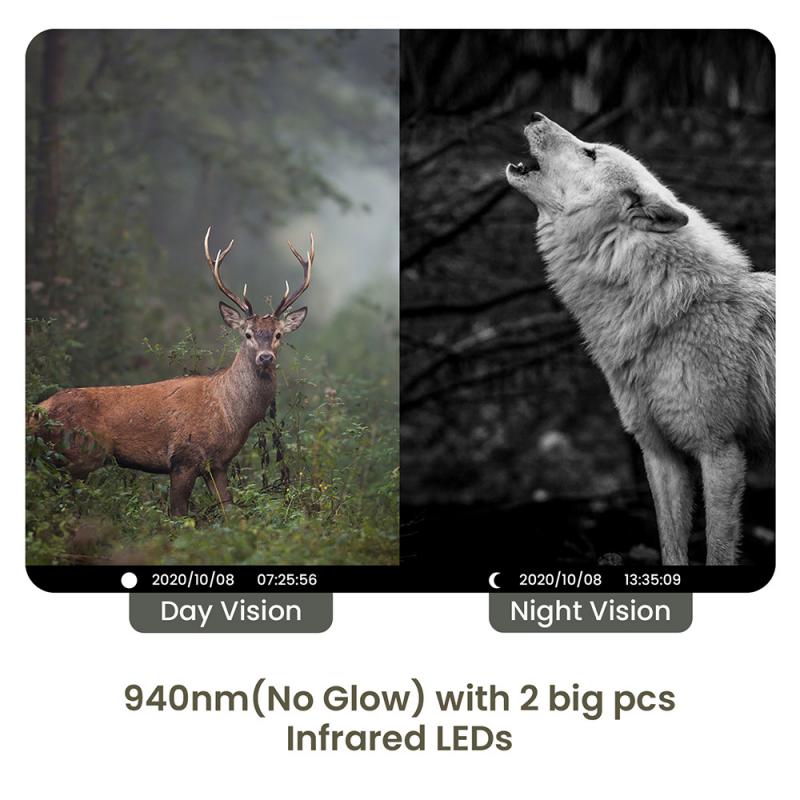
2、 Mirrorless cameras with telephoto lenses
Mirrorless cameras with telephoto lenses are the go-to choice for wildlife photography. These cameras offer a compact and lightweight design, making them easy to carry around in the field. They also provide excellent image quality and fast autofocus, which is essential for capturing fast-moving wildlife.
One of the latest trends in wildlife photography is the use of mirrorless cameras with high-resolution sensors. These cameras offer exceptional image quality, allowing photographers to capture every detail of their subjects. They also provide excellent low-light performance, which is crucial for shooting in the early morning or late evening when wildlife is most active.
Another trend in wildlife photography is the use of telephoto lenses with long focal lengths. These lenses allow photographers to get up close and personal with their subjects without disturbing them. They also provide a shallow depth of field, which can help to isolate the subject from the background and create a more dramatic image.
Overall, mirrorless cameras with telephoto lenses are the best choice for wildlife photography. They offer excellent image quality, fast autofocus, and a compact and lightweight design. With the latest advancements in technology, these cameras are becoming more powerful and versatile, making them an essential tool for any wildlife photographer.
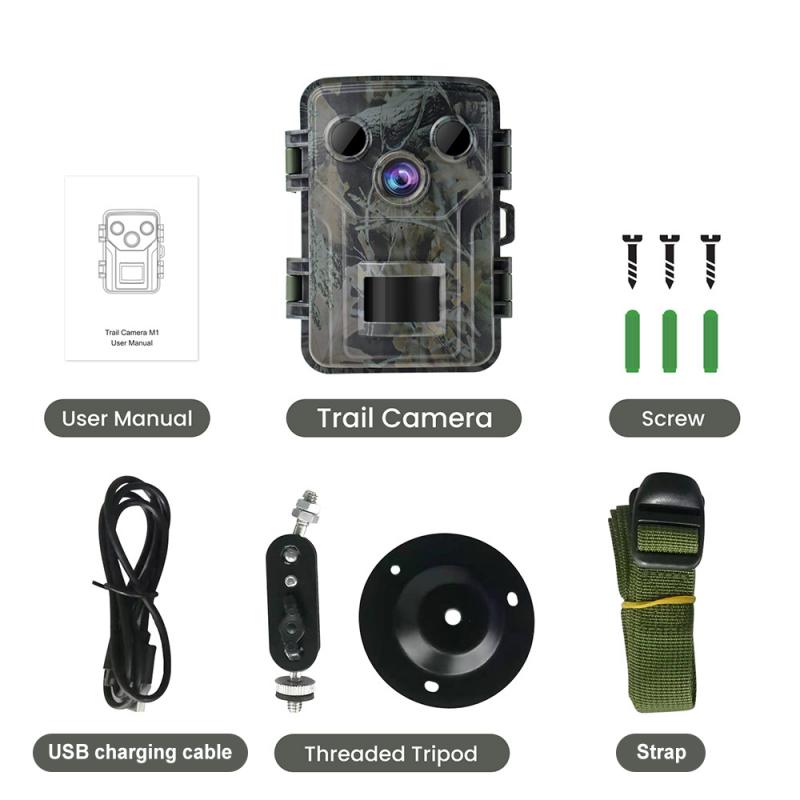
3、 Full-frame cameras for high-quality images
Which camera is used for wildlife photography? Full-frame cameras are often the preferred choice for wildlife photographers due to their ability to capture high-quality images with excellent detail and clarity. Full-frame cameras have larger sensors than crop-sensor cameras, which allows for better low-light performance and greater dynamic range. This is particularly important for wildlife photography, where lighting conditions can be challenging and subjects may be moving quickly.
In addition to their superior image quality, full-frame cameras also offer a wider field of view, which can be useful for capturing expansive landscapes or large animals. They also tend to have faster autofocus systems, which is crucial for capturing fast-moving wildlife.
Some of the most popular full-frame cameras for wildlife photography include the Canon EOS 1DX Mark II, the Nikon D850, and the Sony A9. These cameras offer high-resolution sensors, fast autofocus systems, and rugged, weather-sealed bodies that can withstand the rigors of outdoor shooting.
However, it's worth noting that the latest crop-sensor cameras are also capable of producing excellent image quality and can be a more affordable option for those just starting out in wildlife photography. Ultimately, the best camera for wildlife photography will depend on your specific needs and budget.
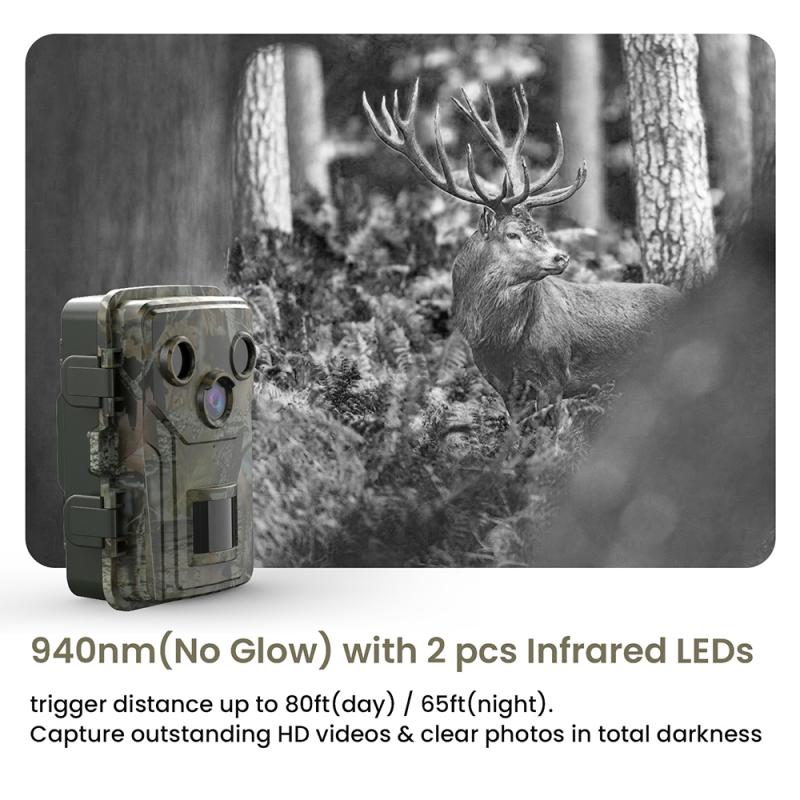
4、 Crop-sensor cameras for extra reach
When it comes to wildlife photography, the camera you choose can make a big difference in the quality of your images. While there are many different types of cameras on the market, crop-sensor cameras are often the preferred choice for wildlife photographers.
One of the main advantages of crop-sensor cameras is that they offer extra reach. This means that the focal length of your lens is effectively multiplied, allowing you to get closer to your subject without physically moving closer. For example, a 300mm lens on a crop-sensor camera will give you the same field of view as a 450mm lens on a full-frame camera.
Another advantage of crop-sensor cameras is that they are generally smaller and lighter than full-frame cameras. This can be a big advantage when you're out in the field, as it makes it easier to carry your gear and move around quickly.
Of course, there are also some disadvantages to using a crop-sensor camera. One of the main drawbacks is that they tend to have poorer low-light performance than full-frame cameras. This can be a problem when you're shooting in dimly lit conditions, such as early morning or late evening.
Overall, if you're looking for a camera for wildlife photography, a crop-sensor camera is a great choice. They offer extra reach, are generally smaller and lighter than full-frame cameras, and are often more affordable. However, it's important to choose a camera that meets your specific needs and budget, and to invest in high-quality lenses to get the best possible results.
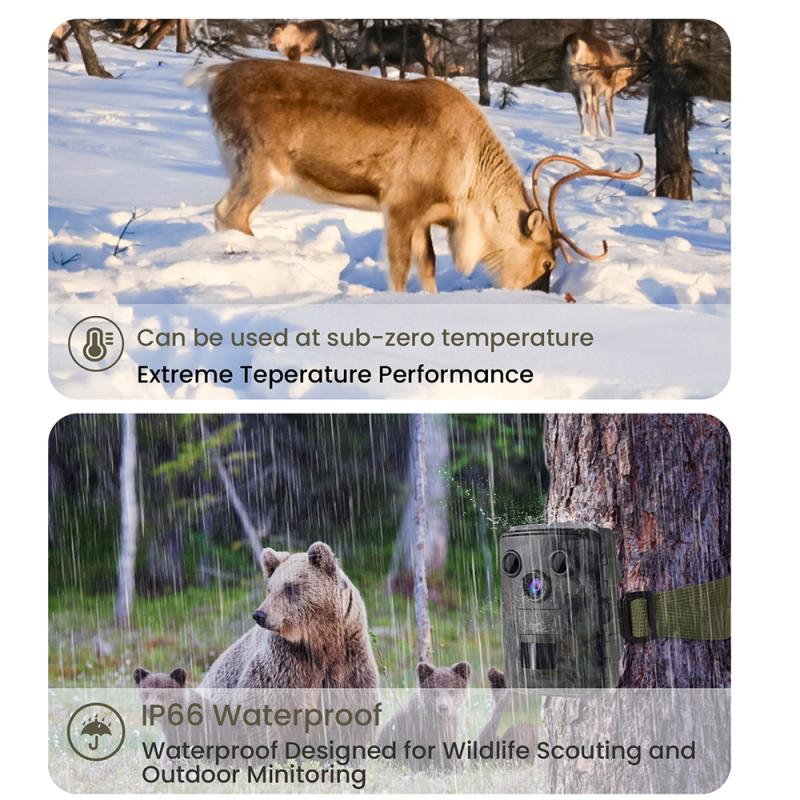









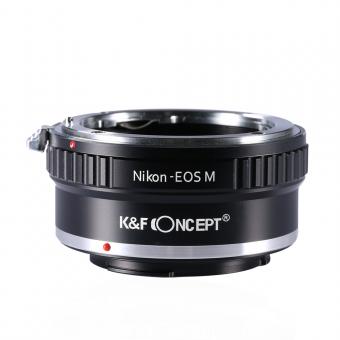


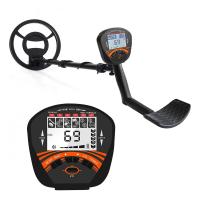
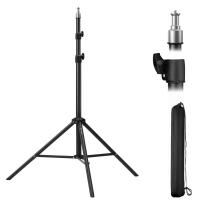


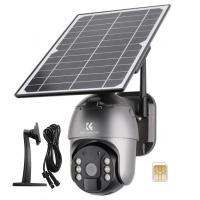




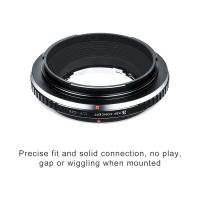
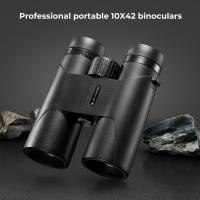

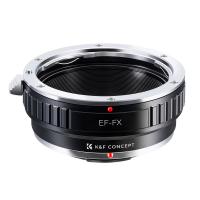
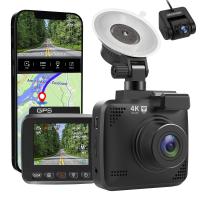

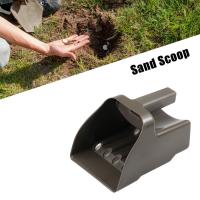



There are no comments for this blog.